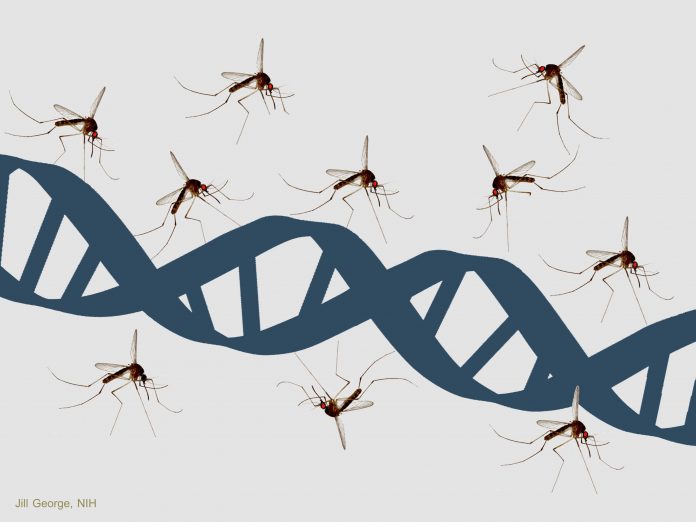
An international team of researchers led by scientists at the Wellcome Trust Sanger Institute has just provided the genome sequences and in-depth analysis of two less common malaria parasite species—Plasmodium malariae and Plasmodium ovale— which are believed to cause up to five per cent of malaria cases worldwide, corresponding to approximately 10 million cases annually. This new research will enable improved surveillance and diagnosis, in addition to providing important implications for malaria eradication worldwide, and casts light on a malaria vaccine target. The findings from this study were published recently in Nature through an article entitled “Plasmodium malariae and P. ovale genomes provide insights into malaria parasite evolution.”
“Although they are less lethal than Plasmodium falciparum, the rarer malaria species are likely to be much more difficult to eliminate,” explained study co-author James McCarthy, Ph.D., senior scientist at QIMR Berghofer Medical Research Institute. “Better tools to diagnose these parasites, as well as drugs and vaccines to control them will be essential. These new genomes should now make it possible to develop improved diagnostic tools for these Plasmodium species, to ensure that drugs work against them and to assist vaccine development.”
Malaria, which is caused by single-celled eukaryotic parasites from the genus Plasmodium, is spread to humans through the bite of female mosquitoes from the genus Anopheles. Human malaria is caused by one of five species of Plasmodium parasites, with P. falciparum being the most pathogenic and well-studied. Yet, little is known about the genomic content for P. malariae and P. ovale, even though they cause a significant number of malaria cases annually.
“It is really hard to study these parasites because we can't grow them in the lab,” noted lead study author Gavin Rutledge, a doctoral candidate at the Wellcome Trust Sanger Institute. “Here, we isolated the parasites from blood samples of malaria patients and determined these final Plasmodium genome sequences. This will help us understand the evolution of the Plasmodium species, and maybe even give us an idea which routes to drug resistance these parasites may possess.”
In the new study, the researchers determined the genome sequences of the two parasite species. By comparing these new genomes with those of the malaria parasites already sequenced, the researchers were able to identify genes that could be involved in human infection and in adapting to the human host. Interestingly, they found that up to 40 percent of the P. malariae and P. ovale genomes contain genes that are probably involved in evading the host immune response.
Moreover, the study revealed that P. malariae contains two new families of genes that are similar in shape to a vital gene in P. falciparum, known as RH5. This gene is essential for the P. falciparum parasite to invade human red blood cells and is one of the top targets for malaria vaccine design. It is likely that the novel P. malariae genes are also involved in binding to host cell receptors.
Interestingly, P. ovale actually consists of two distinct species, Plasmodium ovale wallikeri and Plasmodium ovale curtisi. The authors showed that the split between these species was ancient and occurred long before the much more virulent P. falciparum emerged. The researchers also sequenced Plasmodium parasites taken from chimpanzees living in a sanctuary in Gabon. They compared these with the human samples, and existing data from other Plasmodium parasites that also infected chimpanzees, offering insights into how malaria parasites have adapted to different host species.
The new genetic information is already available for other scientists in the malaria research community to use via the Sanger Institute GeneDB database or the European Nucleotide Archive at the European Bioinformatics Institute.
“This study provides long-awaited reference genomes for the malaria research community, concluded senior study investigator Thomas Otto, Ph.D., senior staff scientists at the Wellcome Trust Sanger Institute. “The parasites are present in malaria zones worldwide yet researchers have limited knowledge about their biology. The genomes of these more neglected species will enable the development of tools to study malaria transmission and spread, which will be essential to achieve the goal of complete malaria eradication.”











